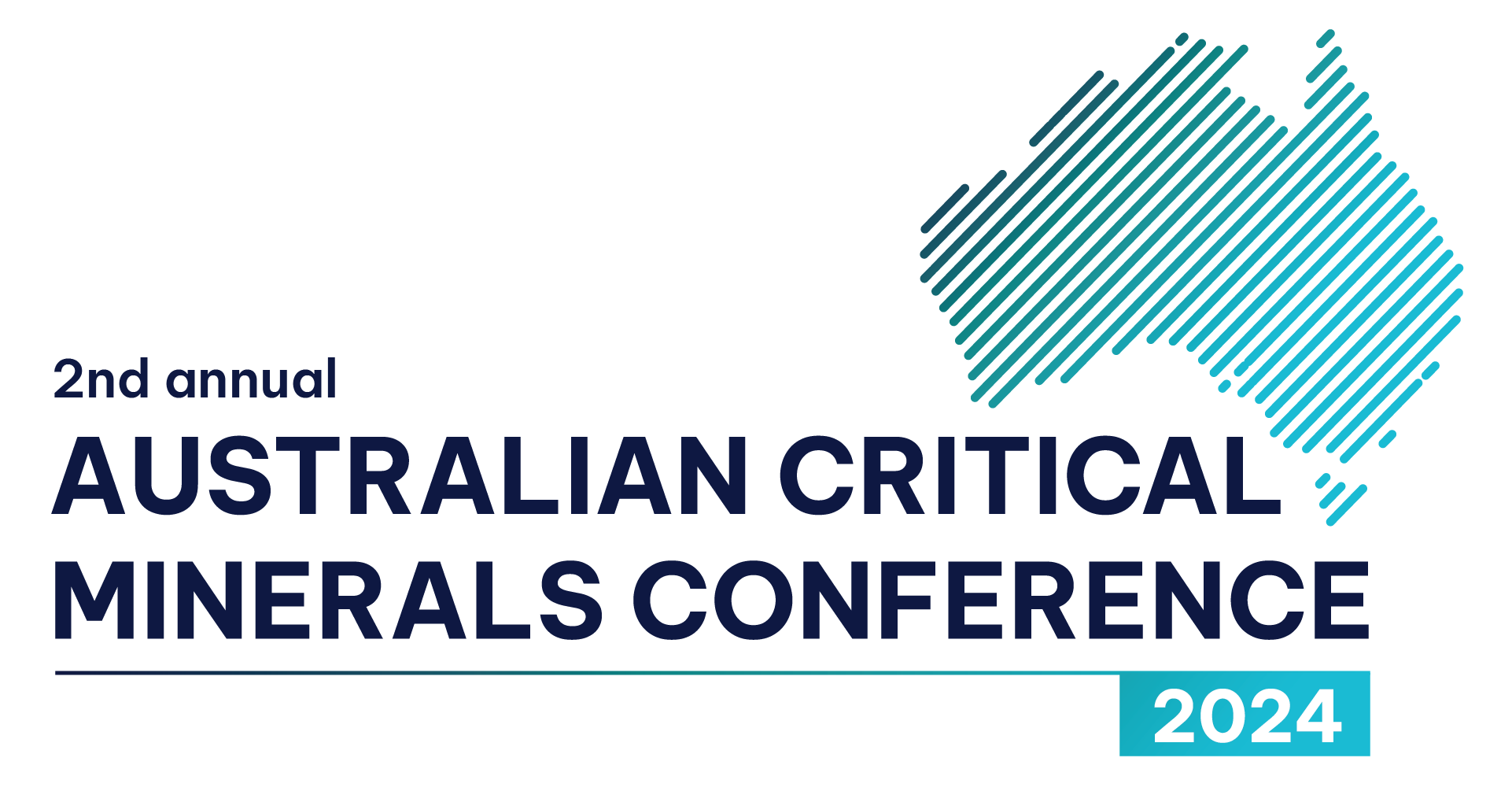We spoke with three critical minerals leaders ahead of the Australian Critical Minerals Conference 2023 to gain their expert insights into the challenges and opportunities that lie ahead for the critical minerals industry in Australia.
Hear from Michael Willoughby, Managing Director, Global Head of Metals, Mining & Transition Materials, HSBC Bank (Singapore), Allison Britt, Director – Mineral Resources Advice and Promotion, Geoscience Australia and Robert Wilson, Executive Director, Western Australia and Resources, Clean Energy Finance Corporation as they break down the problems this industry is facing, the opportunities out there, and what lies ahead for the industry.
Gain insights into:
- The key challenges for the critical minerals industry, from investments to workforce to supply
- The opportunities surrounding critical minerals growth, including energy transition benefits and more
- Specific challenges and opportunities in each part of the supply chain, including market analysis, investment and production
The biggest opportunities and rewards facing the critical minerals industry
Robert Wilson (Executive Director - Resources and WA) of the Clean Energy Finance Corporation offered a good summary to lead off the analysis by stating “I believe that once we are past supply demand balance and choices can be made, the emergence of premia for clean supply chain materials will be to Australia’s advantage.”
Allison Britt (Director – Mineral Resources Advice and Promotion) of Geoscience Australia agreed and elaborated by saying “To achieve net zero by 2050, industry and governments need to move quickly to bring on new supply of the required metals and minerals for clean energy technologies.” She stated that “those that position themselves now by investing in Australian exploration, development and downstream value-adding will reap the benefits over the coming decades.”
Michael Willoughby (Managing Director, Global Head of Metals, Mining & Transition Materials) of HSBC Bank (Singapore) outlined multiple opportunities for Australia’s critical minerals industry. He started by affirming the energy transition as a huge overarching opportunity, saying “the transition can be accelerated if risk tolerance and capital availability to upstream and processing increases.” He highlighted the increased interest and “investment in material processing technologies that can transform most upstream subsectors” in the future. Michael also highlighted that “the critical materials supply deficit and debate will likely reignite interest in upstream sectors resulting in a more sustainable supply of skilled employees.”
The biggest risks and challenges facing the critical minerals industry
While our interviewees were united on the opportunities for critical minerals, their views diverged when it comes to some of the risks.
Robert said the biggest challenges are “navigating the offtake environment… and how geopolitics plays into that.” Specifically, he raised the impact of strategic state-based investment and initiatives like the IRA (Inflation Reduction Act 2022), which creates the single largest investment into climate and energy in American history.
While Allison is concerned about reluctance to invest in new projects, she feels this is changing. She says “Complacency about current supply chains and hesitancy about investing in new critical mineral projects is starting to shift.” But she identified another related issue, explaining that “We have a longer-term problem when it comes to the workforce of the future. The number of students studying geoscience is down and without a robust pipeline of graduates entering the workforce over coming decades it will be more difficult to find, and bring online, the increased quantities of critical minerals needed for the transition to net zero.”
Michael mentioned the challenges of variable supply in specific minerals. “Lithium permitting and processing will likely lead to a short to medium term supply deficit while nickel and precursors are likely to have an extreme concentration of supply.” He also touched on foreign investment, noting that “western capital markets are being crowded out by alternative funding sources.”
The final issue Michael identified relates to the bumps and roadblocks that will inevitably arise as new technology is deployed. Although he is confident these will ultimately be resolved, he cautioned that the sector has to be prepared for these delays.
The road ahead for the critical minerals industry
Overall, the critical minerals industry in Australia faces both challenges and opportunities. While navigating the geopolitics, skilled workforce shortage and supply markets will be challenging, the potential for a sustainable and profitable industry is significant. With the right policies and initiatives in place, Australia can position itself as a leader in the critical minerals sector and contribute to the global transition to a low-carbon economy.
To learn more about the opportunities for your organisation in the critical minerals space and solutions for the sector’s challenges, or to hear more from Michael Willoughby, Allison Britt and Robert Wilson, join us at the Australian Critical Minerals Conference 2023.
View the conference agenda here or download the conference brochure here.

